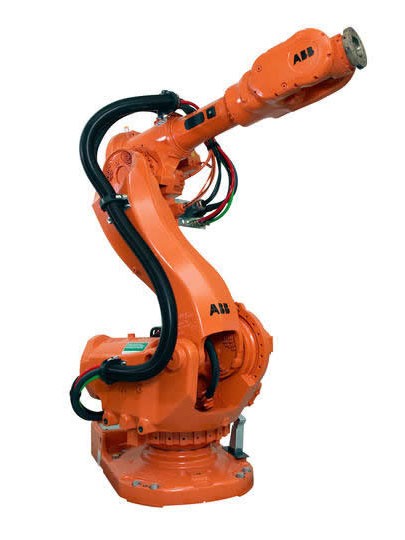Automation for Quality and Efficiency
We use an ABB welding robot for welding larger series of workpieces in KOPT, which brings the customer a lower price, a higher quality product and faster production.
Welding robots are suitable for a wide range of applications, including the automotive industry, metal and equipment manufacturing, and construction.
In short, welding robots offer a number of advantages for industrial applications. They can improve accuracy, productivity, and safety, while also reducing costs and contributing to sustainability.
Advantages of Using a Welding Robot in Industry
- High Accuracy and Welding Quality
Welding robots stand out for their ability to weld with exceptional accuracy and quality. This is the result of consistent control over key welding parameters such as temperature, current, and time. Robots can achieve higher levels of accuracy because they are not subject to fatigue or hand tremors. The use of high-tech sensors and software also enables precise measurements and adjustments, leading to exceptionally accurate welds.
- Increased Productivity
The ability to operate 24 hours a day, 7 days a week, allows welding robots to increase productivity by up to 50%. Robots are capable of performing welding faster and more efficiently than humans, which ultimately increases production and reduces costs.
- Cost Reduction
Maintenance of welding robots can contribute to reducing labor costs, as they do not require rest or breaks. In addition, robots can reduce material and energy costs, thereby reducing waste and emissions, leading to more sustainable production.
- Occupational Safety
Welding robots help to improve occupational safety, as they are less susceptible to injuries than humans. The ability to weld in hazardous environments and the reduction of exposure to hazardous substances contribute to a safer working environment.
- Additional Benefits
- High Repeatability: Welding robots ensure high repeatability of welding procedures, leading to uniform and quality joints.
- Waste Reduction: More efficient welding reduces the amount of waste, which is beneficial for both the environment and the economy of production.
- Emission Reduction: By using less energy and heat during welding, welding robots contribute to reducing emissions, and also support sustainable approaches in production.
This post is also available in: Slovenian














